Andrew West
Co-PI (Core Leadership)
Duke University
Andrew B. West, PhD, received a PhD from the Mayo Clinic in 2003, with post-doctoral work at the University of California, Los Angeles and Johns Hopkins University. He was awarded F31 and F32 individual fellowships from the NIH and selected in the first wave of K99/R00 awards. Past awards include a John Jurenko Professorship and a Translating Duke Health Fellowship.
Dr. West is a tenured Professor of Pharmacology at Duke University with secondary appointments in Neurology and Neurobiology. He currently directs the Duke Center for Neurodegeneration and Neurotherapeutic Research, serves on the NINDS Parkinson’s Disease Biomarker Program NINDS-PDBP steering committee, the Executive Scientific Advisory Board at The Michael J. Fox Foundation, the NIH NSD-B study section, and is a board-reviewing editor for eLife.
Dr. West’s research focuses on the exploration of LRRK2 and alpha-synuclein proteins as therapeutic targets for the amelioration of Parkinson’s disease, novel biomarkers informative for disease mechanisms and therapeutic responses, and defining new cellular pathways important in neurodegeneration.
Recent ASAP Preprints & Published Papers
Gut mucosal cells transfer α-synuclein to the vagus nerve
Mouse α-synuclein fibrils are structurally and functionally distinct from human fibrils associated with Lewy body diseases






